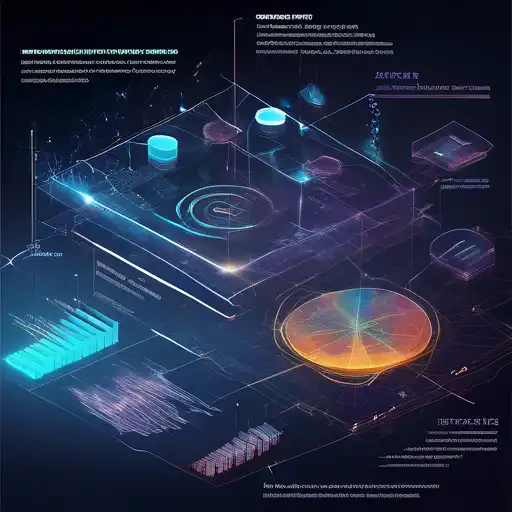Introduction to Data Visualization
In the era of big data, the ability to visualize complex datasets in an understandable and actionable manner is invaluable. Data visualization techniques transform raw data into visual contexts, such as charts, graphs, and maps, making it easier to identify patterns, trends, and outliers. This article explores the most effective data visualization techniques that can help businesses and individuals gain better insights from their data.
Why Data Visualization Matters
Data visualization is not just about making data look attractive; it's about making data accessible and comprehensible. By leveraging visual elements, organizations can make informed decisions faster, identify new opportunities, and communicate complex ideas more effectively. Whether you're a data scientist, business analyst, or marketer, mastering data visualization techniques is essential for success in today's data-driven world.
Key Data Visualization Techniques
1. Bar Charts and Column Charts
Bar and column charts are among the most common and straightforward visualization techniques. They are ideal for comparing quantities across different categories. For example, a business might use a bar chart to compare sales performance across different regions.
2. Line Graphs
Line graphs are perfect for showing trends over time. They connect individual data points with lines, making it easy to see increases, decreases, and fluctuations. Stock market trends and website traffic analysis are typical use cases for line graphs.
3. Pie Charts
Pie charts are useful for displaying proportions and percentages. They show how a whole is divided into parts, making them ideal for budget allocations or market share analysis. However, they should be used sparingly, as they can become confusing with too many categories.
4. Scatter Plots
Scatter plots are excellent for identifying correlations between two variables. Each point on the plot represents an observation, allowing viewers to see patterns or relationships. This technique is widely used in scientific research and statistical analysis.
5. Heat Maps
Heat maps use color coding to represent data values, making them powerful for visualizing complex data sets like website user activity or geographic data. They can quickly highlight areas of interest or concern.
Advanced Data Visualization Techniques
For those looking to take their data visualization skills to the next level, techniques like interactive dashboards, geospatial mapping, and network diagrams offer deeper insights. Tools like Tableau and Power BI enable users to create dynamic visualizations that can be manipulated in real-time, offering unparalleled flexibility and insight.
Best Practices for Effective Data Visualization
To maximize the impact of your data visualizations, follow these best practices:
- Choose the right type of chart for your data and message.
- Keep it simple and avoid clutter.
- Use colors and labels effectively to enhance understanding.
- Ensure your visualizations are accessible to all audiences, including those with color vision deficiencies.
- Test your visualizations with a sample audience to ensure they convey the intended message.
Conclusion
Data visualization is a powerful tool for uncovering insights that might otherwise remain hidden in raw data. By selecting the appropriate techniques and adhering to best practices, you can transform complex datasets into clear, actionable intelligence. Whether you're presenting to stakeholders or analyzing data for your own projects, effective visualization is key to making informed decisions.
For more insights into data analysis and visualization, explore our analytics resources.
